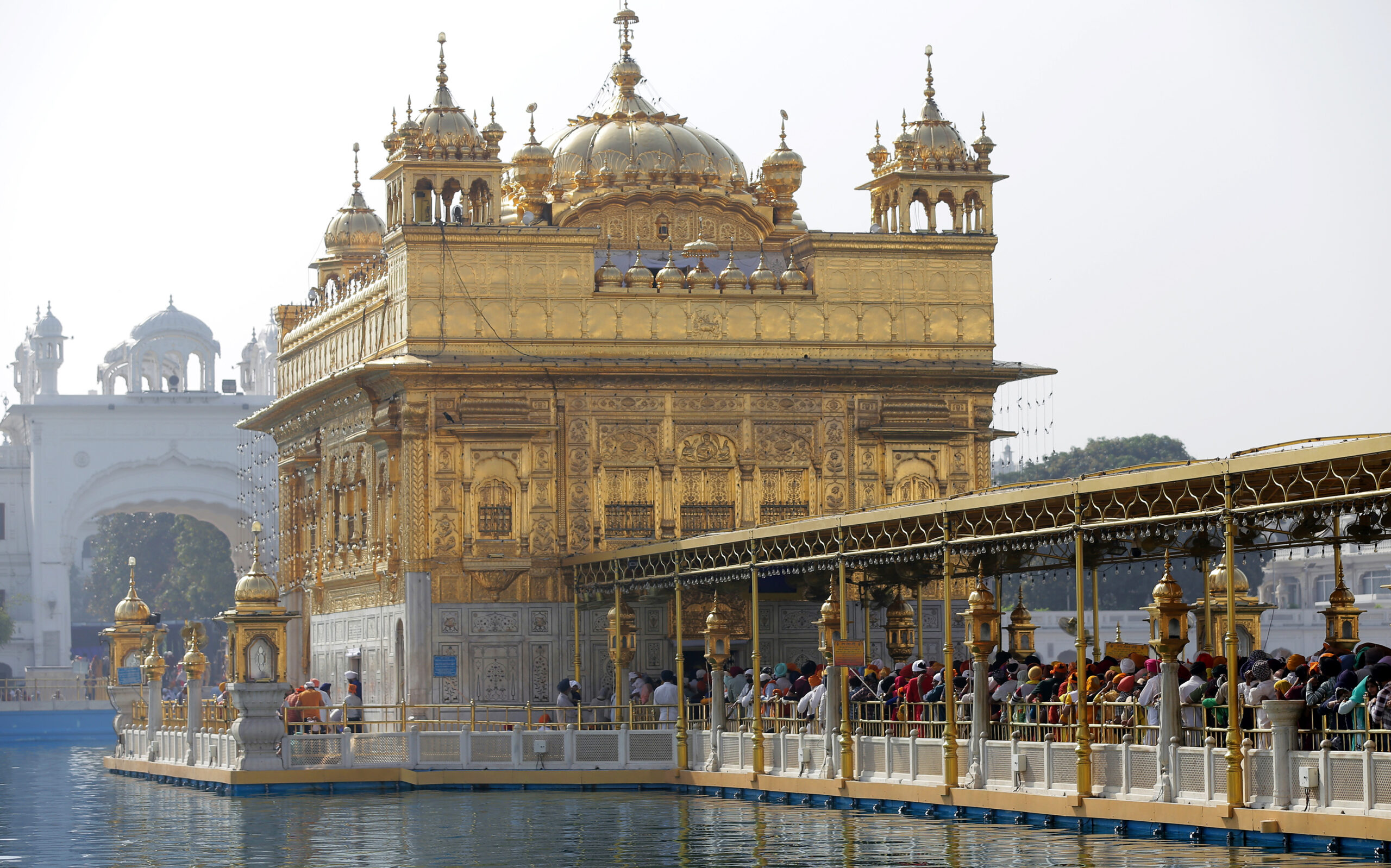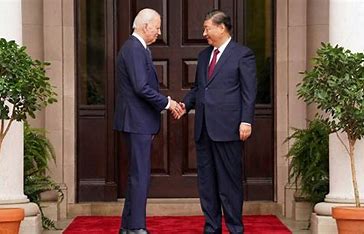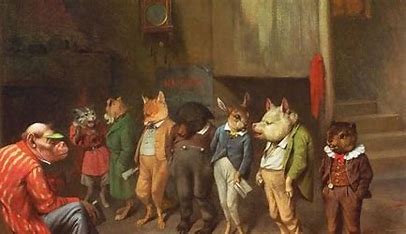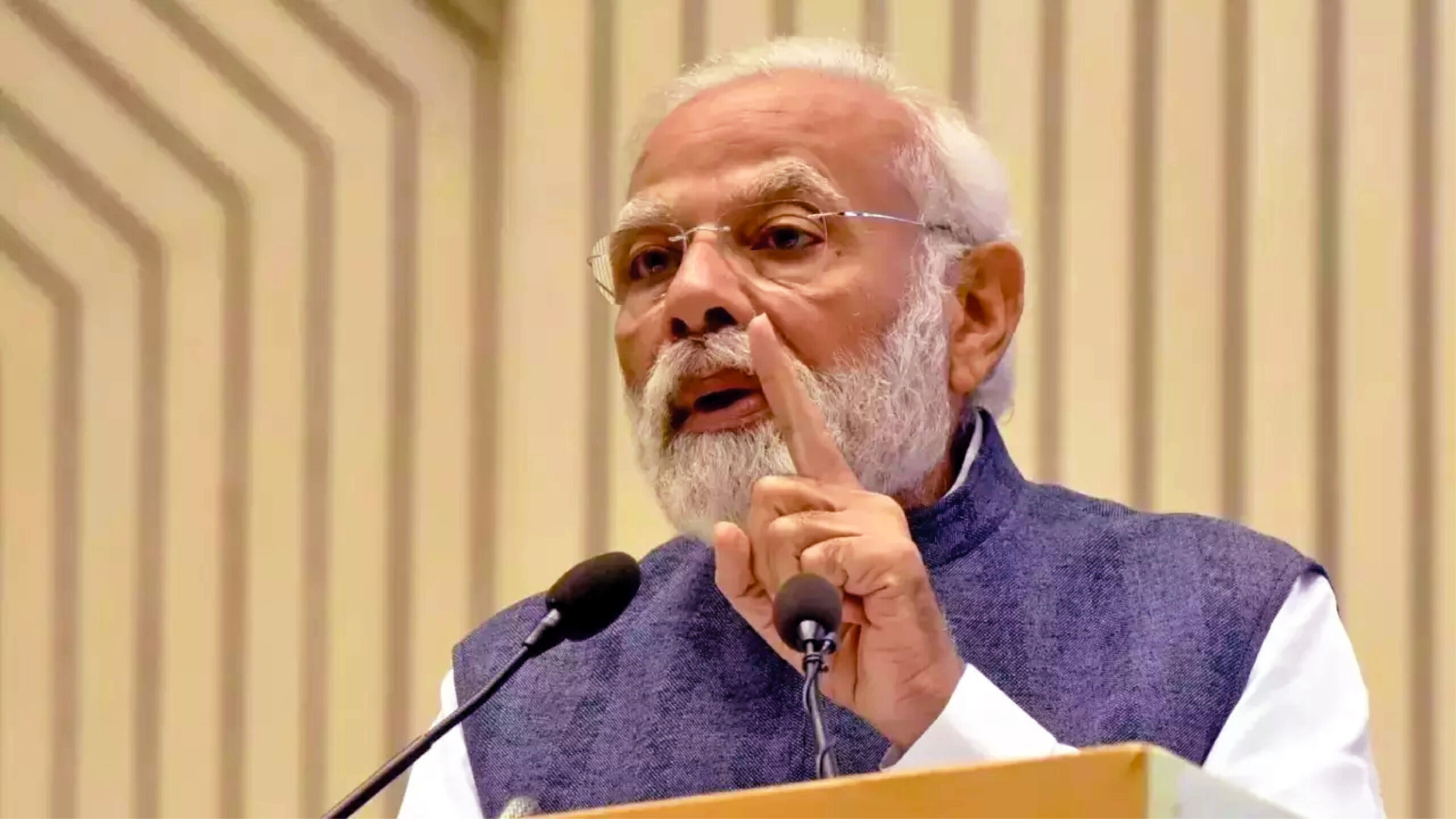
Punjabiyat, often defined as the cultural identity of Punjab, transcends religious, regional, and linguistic boundaries. Rooted in the principles of humanism, Punjabiyat has evolved through the confluence of Sikhism, Sufism, Hinduism, and other religious traditions of undivided Punjab. It encompasses the broader geographical region, including present-day Haryana, Himachal Pradesh, and the Indian and Pakistan states of Punjab. Punjabiyat is a diverse tapestry of values, beliefs, and cultural elements that unify the people of the region. Historically, the identity of being Punjabi was primarily cultural and geographical. However, significant changes occurred following the partition of Punjab in 1947 and its subsequent division, which led to a shift in identity from cultural to religious. The population of Punjab, which originally included Sikhs, Hindus, and Muslims, was gradually reduced to Sikhs and Hindus by the 1960s. This change in demographics altered the popular perception associated with Punjab, Punjabi, and Punjabiyat, primarily associating them with one particular community.
Components of Punjabiyat: Unifying Values
Punjabiyat comprises several essential components that serve as the bedrock of its inclusive identity. Selfless Service: Punjabiyat advocates for selfless service to the entire human race, transcending divisions of caste, color, creed, gender, or nationality. Moral and Ethical Life: Emphasis is placed on leading a moral and ethical life, which encompasses moral responsibility, righteousness, generosity, humility, and self-reliance. Equality for All: Punjabiyat champions the idea of equality for all people, irrespective of their race, religion, or gender. Religious Freedom: It upholds the principles of religious freedom, allowing individuals to follow their chosen spiritual path without condemnation or coercion from others. Commitment to Social Justice: Punjabiyat is deeply committed to social justice, human liberty, equality, freedom of conscience, ethical living, and gender equality. Advocacy for Justice: It encourages individuals to speak out against injustice, defend the defenseless, advocate for civil liberties, combat human rights violations, and promote peace and harmony.
Integrating Punjabiyat in India’s Cultural Diplomacy: A Comprehensive Approach
Promoting Punjabiyat as a central theme in India’s cultural diplomacy offers a multifaceted approach to addressing various challenges and achieving numerous objectives.
Promoting Cultural Exchange: India can proactively engage in cultural exchange programs with other nations to showcase the rich heritage of Punjabiyat. This can include organizing cultural festivals, art exhibitions, music concerts, and dance performances that highlight the diverse traditions, languages, and artistic expressions of Punjab.
Engaging with the Punjabi Diaspora: India’s cultural diplomacy efforts should prioritize engaging with the Punjabi diaspora residing abroad, particularly in countries with significant Sikh populations. Through outreach programs, cultural events, and dialogue, India can foster a sense of connection and belonging among the diaspora, address their concerns, and dispel misconceptions.
Collaborating with Punjabi Artists and Intellectuals: India can collaborate with Punjabi artists, writers, filmmakers, and intellectuals to showcase the essence of Punjabiyat through their creative works. This can involve supporting Punjabi literature, films, and music that promote inclusivity, interfaith harmony, and cultural diversity.
Leveraging Digital Platforms: With the rise of digital media, India can utilize social media platforms, websites, and digital content to disseminate information about Punjabiyat, its values, and its contributions to humanity. This approach can help counter negative narratives and raise awareness about the pluralistic nature of Punjab and its people.
Educational and Scholarly Exchanges: Facilitating academic and scholarly exchanges among universities of Punjab, educational institutions, and international counterparts can foster a deeper understanding of Punjabiyat and its significance. This can include student exchange programs, research collaborations, and conferences that explore Punjab’s history, culture, and contributions to various fields.
Aligning Regional Identity with National Identity: The regional identity of being Punjabi has always been strong. The narrative promoted by Khalistan supporters, which presents being Punjabi and Indian as mutually exclusive identities, can be countered with a counter-narrative emphasizing that the Indian government recognizes, respects, and promotes Punjabiyat. Additionally, Indian constitutional provisions, such as Article 29(1)(2) and Article 30(1)(2), provide space for the coexistence of regional and national identities.
Benefits of Punjabiyat in Cultural Diplomacy
Promoting Punjabiyat in India’s cultural diplomacy yields several significant benefits.
Countering Khalistani Support: Actively promoting Punjabiyat can counter the influence of Khalistani supporters abroad. These supporters often exploit historical grievances and religious identity to further their separatist agenda. Highlighting Punjab’s composite culture and inclusive heritage can undermine divisive narratives and foster a sense of unity among the diaspora. Addressing Alienation within the Sikh Diaspora: Integrating Punjabiyat in cultural diplomacy can address the sense of alienation and disconnection felt by some sections of the Sikh diaspora. By acknowledging and celebrating the contributions of Sikhs to Punjab’s cultural tapestry, India can strengthen their connection to their roots and foster a sense of pride and belonging. Reorienting India’s Image: In recent years, India has faced criticism regarding rising majoritarian trends and religious tensions. By emphasizing Punjabiyat’s inclusive values, India can project a more positive image, highlighting the country’s commitment to diversity, pluralism, and religious harmony.
Conclusion: PunjabiyatA Path to Unity and Inclusivity
Incorporating Punjabiyat in India’s cultural diplomacy provides a powerful and multifaceted approach to address the challenges posed by Khalistan support abroad, address the concerns of the Sikh diaspora, and reshape India’s image on the global stage. By promoting the values of Punjabiyat and showcasing Punjab’s rich cultural heritage, India can foster greater understanding, harmony, and inclusivity, both domestically and internationally. Through these efforts, India can effectively counter divisive narratives, strengthen bonds with the diaspora, and project a more accurate and positive image of its cultural fabric. Punjabiyat serves as a powerful tool for unity, celebrating diversity, and fostering peace.
(Sharanpreet Kaur in an Assisted Professor of International Relations at School of Social Sciences, Guru Nanak Dev University, Amritsar. She has done her Masters in International Relations from Jawaharlal Nehru University, New Delhi and her core area of research is Indo-US Nuclear and Defence Cooperation. She is the author of the book “India’s Soft Power Diplomacy: Prospects, Challenges and the Way Forward”. She usually writes on matters related to India’s foreign policy, global issues, politics of South Asia, Central Asia and West Asia.)
(Devasya Verma is pursuing his masters in international relations from school of social sciences,GNDU Amritsar. He is alumnus of Indian school of public policy, New Delhi and alumnus of centre for advanced learning, St Stephens college, New Delhi. He has worked with Punjab government in capacity of field researcher on various projects for land acquisition for social purposes.)















